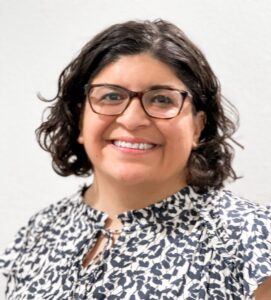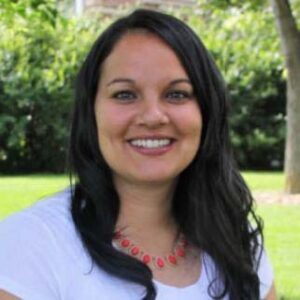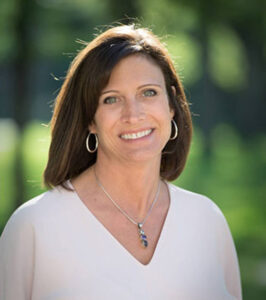story by Pam Jackson
published May 2, 2024
“We continue to put CSU on the map as a place that means business for student success.”
—President Amy Parsons
Student Success Symposium Fall 2023
When President Amy Parsons spoke to dozens of administrators, faculty and staff last fall at CSU’s first Student Success Symposium, she made clear that building a pathway for students to higher education and ensuring their success once here is everyone’s job and the institution’s primary mission.
“Student success is the number one priority of CSU, full stop,” said Parsons. “We’re already really good in this space, and we have national leaders in this space. We continue to put CSU on the map as a place that means business for student success.”
But as good as CSU has been at elevating student success and earning national recognition for innovation, including being the first university in the country to offer a First-Generation scholarship, it was time to re-envision the future. The symposium was emblematic of that need, and served as the formal launch of a strategic restructuring for two legacy initiatives: Student Success Initiative (SSI) and First-Generation University Initiative (FGUI).
New leadership, new structures
Provost and Executive Vice President Marion Underwood guides the vision and direction of the broad work of both initiatives, and leads the SSI strategic leadership team in collaboration with co-chairs Senior Vice President Rick Miranda and Vice Provost for Institutional Research, Planning and Effectiveness Laura Jensen. The strategic leadership team oversees an implementation leadership team which coordinates six other teams: Student Success Initiative Leadership Structure.
Vice President for Student Affairs Blanche Hughes and Academic Advancement Center Executive Director Mary Ann Lucero are the co-chairs of the FGUI’s strategic leadership team. The leadership team oversees a steering committee: First-Generation University Initiative Leadership Structure.
Underwood, who joined CSU in January as the university’s new chief academic officer, said CSU’s reputation in the area of student success played a central role in her decision to come here.
“The transforming power of education begins and ends with student success,” said Underwood. “A lot of universities talk the talk, but don’t walk the walk. You can’t have a strong academic enterprise and one that strives for excellence if you don’t truly prioritize student success. Without it you aren’t delivering on your mission, your institutional values, or the promise of higher education, especially for a land-grant institution like CSU. Our commitment to students, their lived experiences and their scholarship matters.”
“The transforming power of education begins and ends with student success. A lot of universities talk the talk, but don’t walk the walk. You can’t have a strong academic enterprise and one that strives for excellence if you don’t truly prioritize student success. Without it you aren’t delivering on your mission, your institutional values, or the promise of higher education especially for a land-grant institution like CSU. Our commitment to students, their lived experiences, and their scholarship matters.”
Provost and Executive Vice President Marion Underwood
Senior Vice President Miranda said redesigning both initiatives allowed CSU to better align its institutional priorities with its mission, set forth a new strategic vision and tap into the university’s broad expertise in a big new way. The goal: Drive unprecedented change.
“One of the hallmarks of our approach to student success has always been very holistic. It’s never been just about upgrading the curriculum and better pedagogy, or building stronger support structures for the most vulnerable students, or designing more impactful living communities,” said Miranda. “Those things are all vital to student success, but what we also needed was a better approach to bring all our efforts together more strategically and collaboratively. We had a lot of great instruments in the orchestra but didn’t have a strong conductor to make sure we were playing the same notes. Now we do.”
Perspectives
Creating a thriving ecosystem for student success

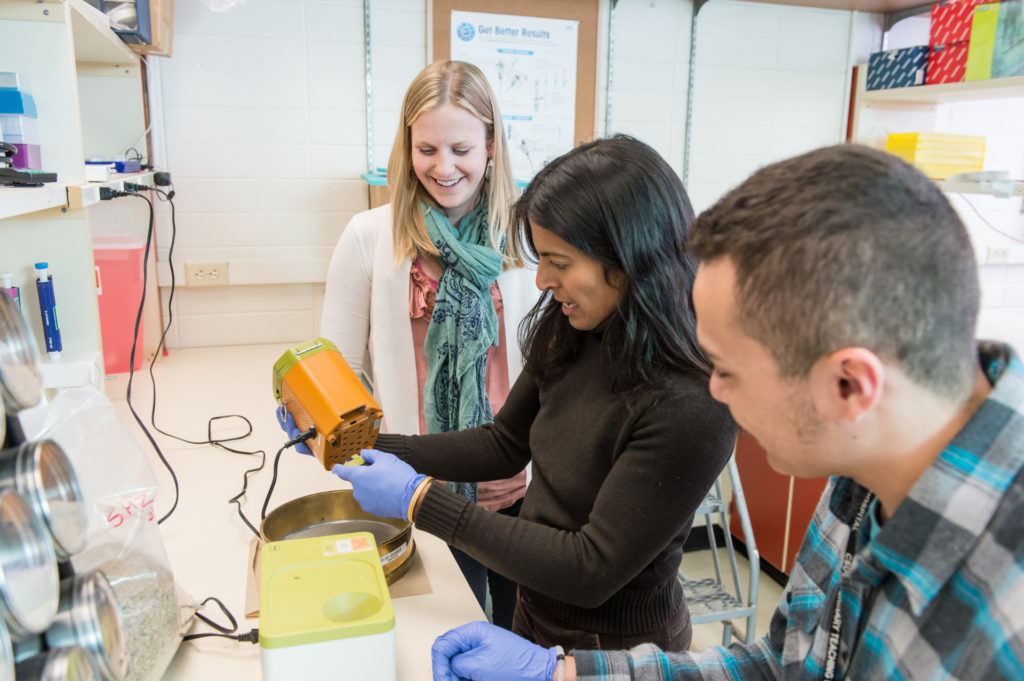
Coordination of the teams within each initiative wasn’t enough. There also had to be coordination across the initiatives to ensure information-sharing and to avoid redundancies in efforts. As a result, some team members serve on both initiatives. The teams are composed of and work in concert with key collaborators and partners across the university.
Assistant Vice President for Student Success Ryan Barone said the emphasis on coordination emerged out of a clarity of purpose and understanding that CSU is a learning ecosystem where roles and relationships intersect with lasting impact.
“This new restructuring of our initiatives helps celebrate a sense of ownership across the entire university community, and it recognizes that every action and every agent are interconnected,” said Barone. “We now have that with this new maturation of our legacy programs and with our university leadership. We have a really clear vision for what student success is and how to create equitable educational environments.”
“The expertise we bring to this work already sets us apart across the nation. If we lean into the strengths that we have in our ecosystem, these legacy programs will keep CSU on a continued upward trajectory to be one of the best institutions of higher education in the nation doing this work.”
Assistant Vice President for Student Success Ryan Barone
Barone said that when everybody in the ecosystem understands they make a difference, the ecosystem thrives because individual actors can make choices in alignment with the goals of student success and evolve their work in ways that could never be imagined otherwise.
“I see our campus community and our experts as problem solvers who make education relevant and create the conditions for high challenge and high support, both in and outside of the classroom, from where students live to where they eat, play and learn,” said Barone. “The expertise we bring to this work already sets us apart across the nation. If we lean into the strengths that we have in our ecosystem, these legacy programs will keep CSU on a continued upward trajectory to be one of the best institutions of higher education in the nation doing this work.”
CSU as a national scholar
CSU is a scholar, of sorts, in a multi-year national initiative designed to advance first-generation student success. The Center for First-generation Student Success, an initiative of the National Association of Student Personnel Administrators (NASPA) and The Suder Foundation, selected CSU last year to advance to the First Scholars phase of the First Scholars Network.
"We want to do this. We can do this. We will do this. And I’m happy we are leaning into this moment in our history."
Senior Vice President Rick Miranda
The First Scholars phase is the third of four phases of the First Scholars Network. Upon meeting milestones in the First Scholars phase, institutions are eligible to earn the Champion Campus designation, where they are part of a cohort of national leaders in first-generation student work and teach this work back to colleagues across the country.
During a First Scholars Readiness and Progress Report on CSU presented by NASPA, Miranda said CSU was ready for the next level.
“This resonates so well with our DNA as an institution and how we’ve aligned our overall student success efforts,” said Miranda. “We are embracing the Boyer Report, for example, which aligns equity and excellence in everything we do, and this is one area which is a place we can really shine in that arena. We want to do this. We can do this. We will do this. And I’m happy we are leaning into this moment in our history.”
A laboratory for student success
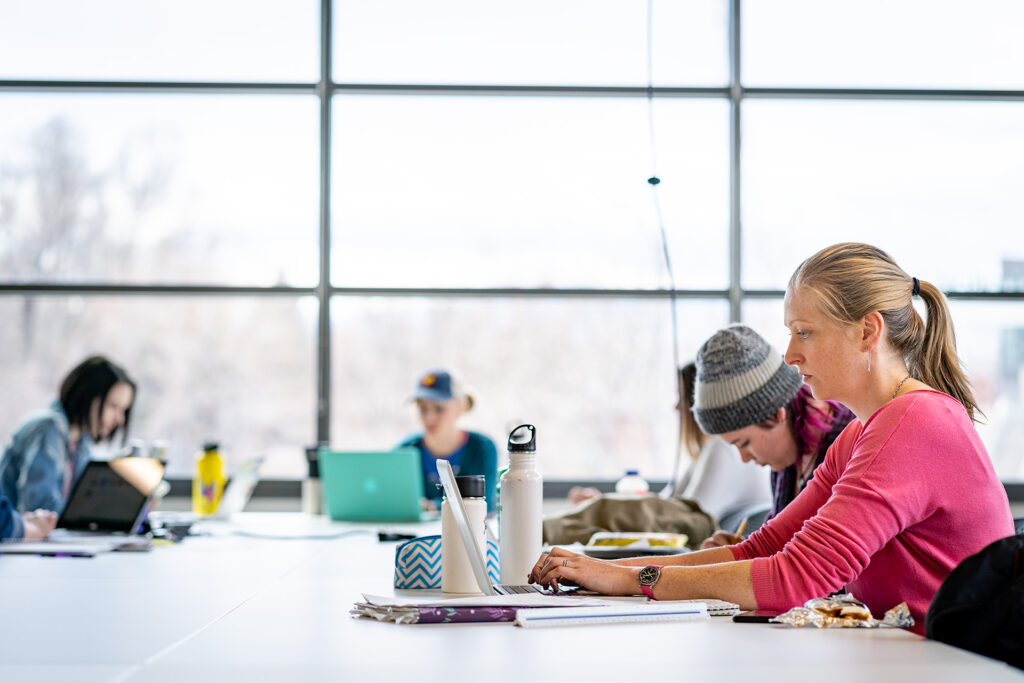
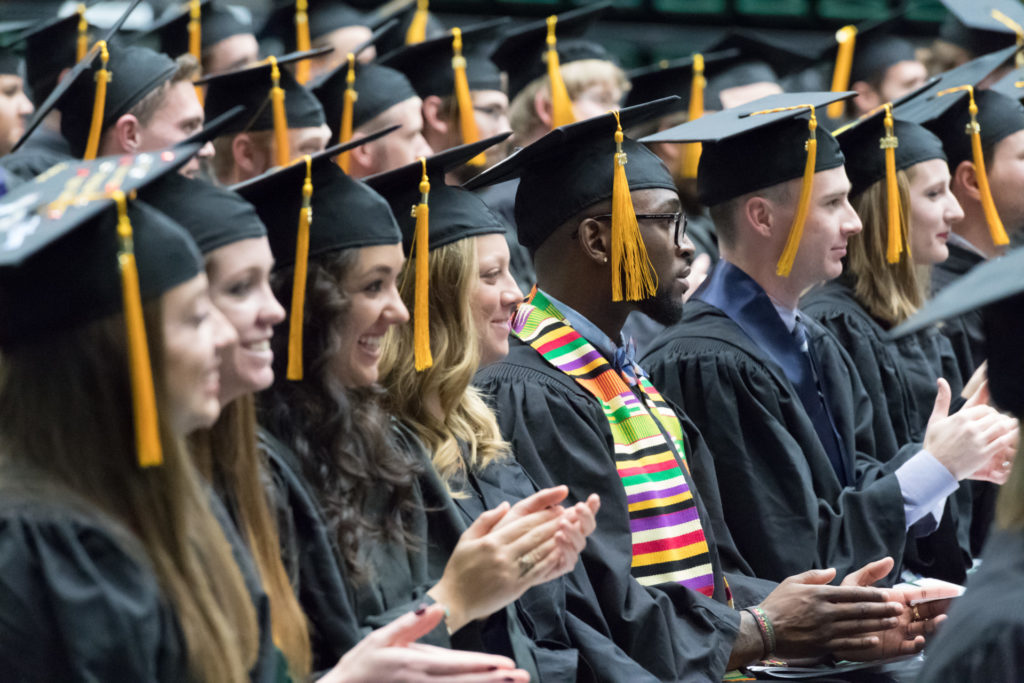
Back at the fall symposium, President Parsons called CSU “a great laboratory for student success,” given all that the university is trying based on research, data and CSU expertise, and she noted the great progress that has been made. But she emphasized the need to be mindful that the work to help students succeed at CSU begins long before they get here.
“Student success starts when kids are in elementary school,” said Parsons. “It starts reaching all the way back to when kids are first thinking about going to college, and what messages they are getting about whether it’s for them, whether they will be welcome here, whether they can afford it, whether they will succeed here and all the way up to that first application and first campus visit.”
Vice President for Student Affairs Blanche Hughes agreed, and said there is still significant work that needs to be done.
“We also put additional pressure on ourselves to do more to move this work forward. We needed to take what we learned from that investment and find a new way to take all the good stuff we've been doing for so many years and start to plan for what was next. That brought us together in a new way to make CSU’s student success initiatives stronger and better than ever before.”
Vice President for Student Affairs Blanche Hughes
“When the CSU System Board of Governors gave us $9 million in 2021, distributed over three years, to find ways to eliminate equity gaps for all demographics and raise student success metrics, it allowed us to dig into finding those things that work,” said Hughes. “We also put additional pressure on ourselves to do more to move this work forward. We needed to take what we learned from that investment and find a new way to take all the good stuff we’ve been doing for so many years and start to plan for what was next. That brought us together in a new way to make CSU’s student success initiatives stronger and better than ever before.”
